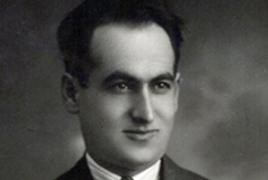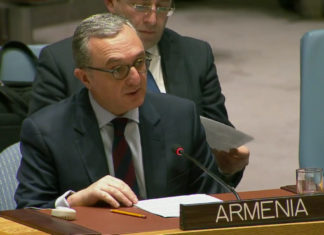Eight years ago I made plans to write a screenplay based on Soghomon Tehlirian’s assassination of Talat Pasha in Berlin in 1921. The story seemed simple and perfect for film adaptation. Unfortunately, (or fortunately), the story Tehlirian told in court was mostly fiction and in fact, a much more extensive and complex conspiracy was behind the assassination as well as the killing of a number of other elite Ottoman leaders connected to the Armenian Genocide. This story was first told by Jacques Derogy in a book that is not well-known in the United States, Resistance and Revenge published in the 1980’s. For the past seven years I have researched the story of Operation Nemesis further and the result is my book to be published by Little, Brown this month. I wanted to write a book that would be accessible to Armenians and non-Armenians alike, that would set the context of the assassinations clearly (especially for those who are not familiar with Armenian or Ottoman history) and investigate further various facets of the case, particularly the role of British agents in the assassination of Talat. I wish also here to thank Aram Arkun who translated key texts and gave me a crash course on Armenian and Turkish history. This is the prologue from my book.
from Operation Nemesis: The Assassination Plot That Avenged the Armenian Genocide by Eric Bogosian. Published by Little, Brown and Company, April 2015. Copyright 2015 Ararat Productions, Inc.











